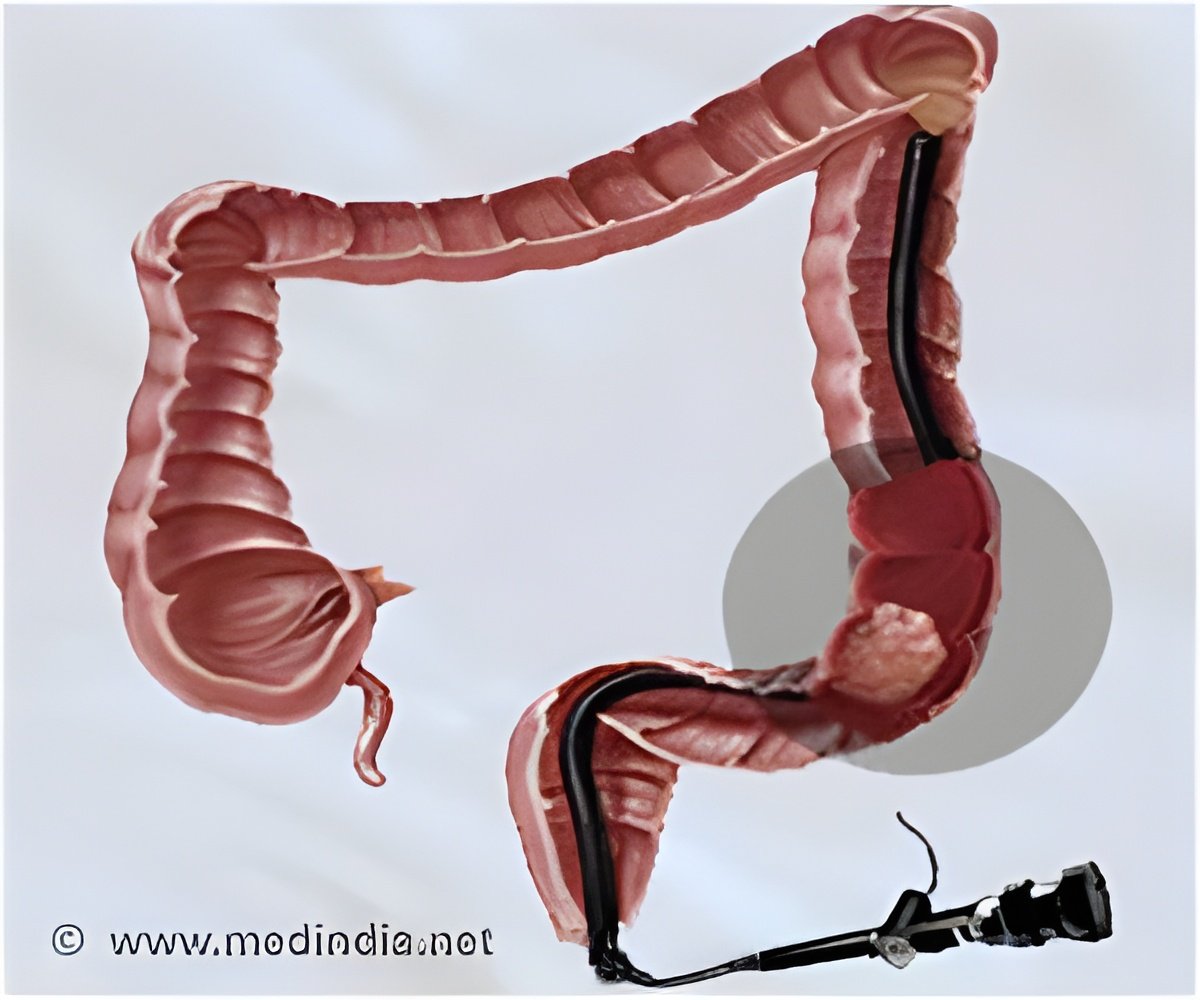
Researchers from the Mātai Institute and Auckland Bioengineering Institute have introduced a new metric for measuring brain blood circulation, focusing on the pulsation of vessels, as published in Science Advances (1✔ ✔Trusted Source
Antibody nanoparticle conjugate-based targeted immunotherapy for non-small cell lung cancer
).
This metric helps evaluate the health of small brain vessels by assessing the dampening of pulse waves, which is crucial for preventing damage in delicate vessels.
About 25% of all strokes are due to small vessel disease, highlighting its significant impact on public health.
#brain #circulation #bloodvesselmetric
’
A paper by Sergio Dempsey as first author with colleagues Dr Soroush Safaei, Dr Gonzalo Maso Talou at Auckland Bioengineering Institute, along with co-author Dr Holdsworth (Mātai and FMHS & CBR at the University of Auckland), describes the new metric based on 4D flow MRI technology.
This innovative metric is particularly crucial because increased vascular pulsatility is linked to several brain conditions, including Alzheimers disease and other forms of dementia.
By accurately measuring how pulsatility is transmitted in the brain, researchers can better understand the underlying mechanism of these diseases and potentiall guide development of new treatments.
Current MRI methods face limitations due to anatomical variations and measurement constraints. The new technique removes this issue by integrating thousands of measurements across all brain vessels, rather than looking one spot at a time as the traditional methods. This provides a richer metric representative of the entire brain.
Combining Immunotherapy with Targeted Drug Delivery
“The ability to measure how pulsatility is transmitted through the brain’s arteries could revolutionise our approach to neurological diseases, and support research in vascular damage hypotheses” explained Mr. Dempsey.
Advertisement
“Our method allows for a detailed assessment of the brain’s vascular health, which is often compromised in neurodegenerative disorders.”
The study also highlighted the potential to enhance clinical assessments and research on brain health.
Advertisement
By integrating this new metric into routine diagnostic procedures, healthcare providers can offer more precise and personalised care plans for individuals at risk of or suffering from cognitive impairments.
In addition to its implications for patient care, the researchers have made their tools publicly available, integrating them into pre-existing open-source software.
This enables scientists and clinicians worldwide to adopt the advanced methodology, fostering further research and collaboration in the field of neurology.
“Our findings are a promising step towards better understanding the vascular contributions to neurodegeneration,” said Associate Professor Samantha Holdsworth, Mātai Director of Research.
“We are excited about the metric potential to become a standard part of neurological assessments and the positive impact it could have on millions of lives.”
The research team is planning further studies to explore the applications of this technique in larger and more diverse populations, beginning with the “Digital Twin Dementia Study” starting at Mātai later this month.
Results from the initial study of the metric also identified important sex differences in vascular dynamics which has initiated a new study focussing on sex-related dynamics which is anticipated to begin at Mātai and the Centre for Advanced MRI (CAMRI) in November.
Reference:
- Antibody nanoparticle conjugate-based targeted immunotherapy for non-small cell lung cancer – (https://www.science.org/doi/10.1126/sciadv.adi2046)
Source-Eurekalert



